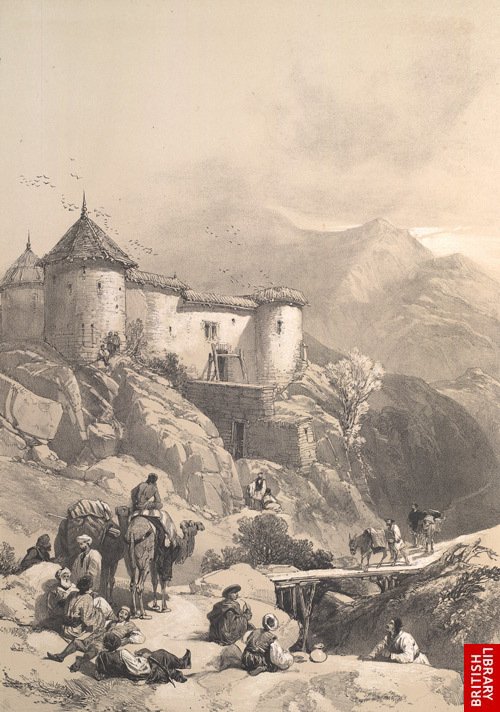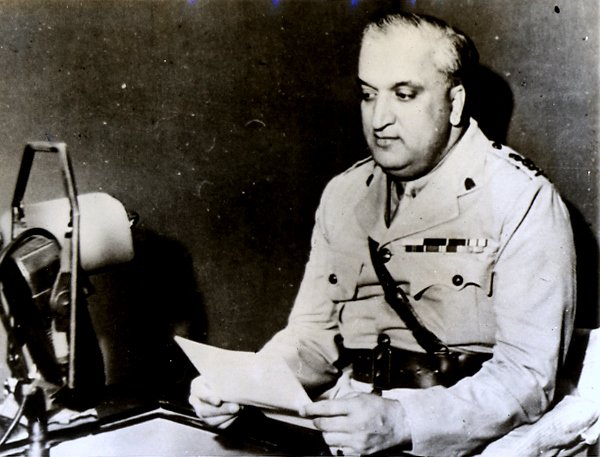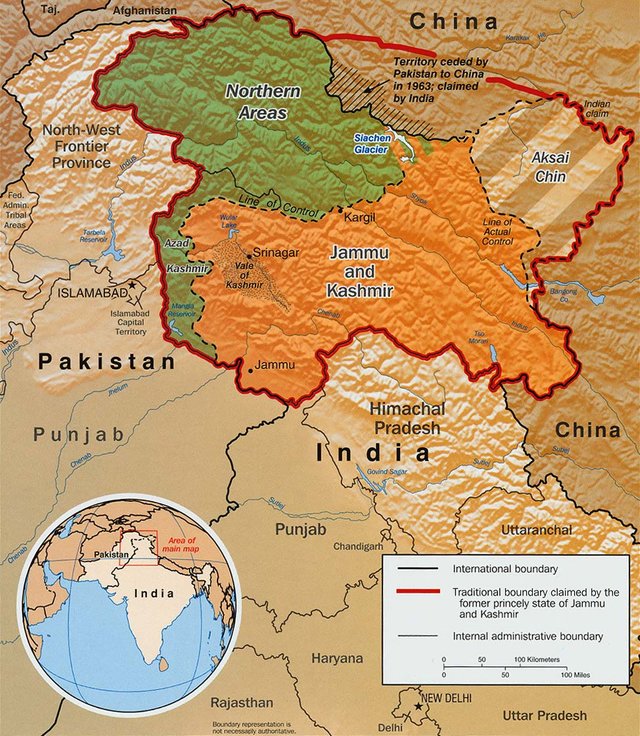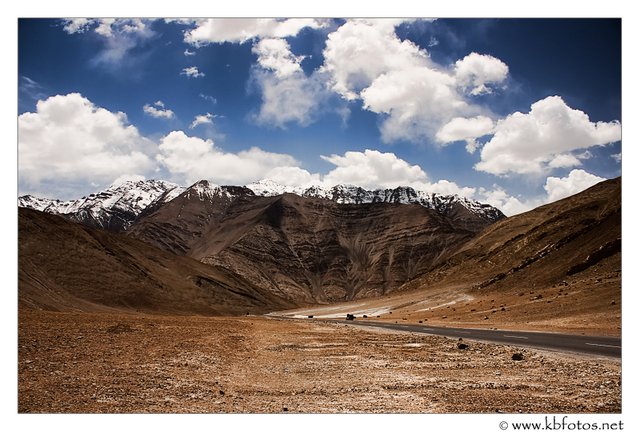An International News Spotlight on the Kashmir Conflict / / Part Two: The Roots of the Conflict
I co-wrote this spotlight with my boyfriend, Victor Lucas. He graduated in December 2015 from American University with a BA in International Studies. He had a regional focus on Asia and a specialty in Environmental Sustainability and Global Health. He also studied abroad at National Chengchi University in Taiwan. I just completed my degree requirements at American University in July with a BA in International Studies. I had a regional focus on Latin America and a specialty in Global Inequality and Development. I studied abroad at University of Auckland in New Zealand and at Universidad Adolfo Ibanez in Chile.
We source all of our images from public domain image resources, such as those in this list: https://en.wikipedia.org/wiki/Wikipedia:Public_domain_image_resources
An International News Spotlight on the Kashmir Conflict / / Part Two: The Roots of the Conflict
Yesterday, I posted an article discussing the most recent flare-up of violence in Kashmir, a region disputed between Pakistan, India, and China. In that article, I talked about the insurgency that has been present in the region since the late 1980's. You can find the article here.
The purpose of the article today is to talk about the roots of that conflict, as well as to go more in depth on the differing claims that India, Pakistan, and China have on the region. Below, I will look at the differing viewpoints of those three countries, as well as the viewpoint of Kashmir itself.
The History of Kashmir
Leading up until the formation of the Indian State as we know it today, the British Raj controlled the largest portion of the Indian subcontinent. However, contrary to popular belief, the British Raj did not function in the same way that most states do today (ie. a state government with control over all of its constituent parts.) In contrast, the Raj in many ways functioned more like the United States did some 150 years (ie. a federal power with individual constituent states that had a large degree of autonomy.) The modern day region of Kashmir was one such state, known as the the Indian Princely State of Jammu and Kashmir. Formed in 1846, Kashmir was ruled by the Maharaja's of Jammu and Kashmir. Over the next hundred years, the state of Jammu and Kashmir expanded and expanded until by 1947, when the British Raj split autonomous states of Pakistan and India, Kashmir was the single largest territory in the Raj.

The Role of Kashmir in the Partition of India from Different Viewpoints
Kashmir
As one might understand, the period immediately following the partition of India was a chaotic one. Pakistan and India were created as states, and Kashmir was stuck right in between them. In an attempt to maintain its independence, Maharaja Hari Sing of Kashmir signed the Standstill Agreement with Pakistan which essentially stalled the need for the Maharaja to become part of either Pakistan or India. However, a massive revolt of the Muslim population of Kashmir, who wished to joined Pakistan, in combination with invasion of Pathan tribesmen from Pakistan, forced the Maharaja to choose a side. The Maharaja signed the Instrument of Accession with India, which put Jammu and Kashmir under Indian control, as a way of asking the Indians to help deal with the invaders.

These events gave birth to the decades of conflict between India and Pakistan over the region. Current Kashmiri opinion is divided by religion as well as region. There are supporters of full accession to Pakistan, independence, and full accession to India. As I stated in yesterday's post,
According to one survey of the general Kashmiri public
- 43% of the total adult population want complete independence
- 1% of Pakistan-controlled Kashmir wants to join India, while 28% of India-controlled >-Kashmir want to remain part of India
- 50% of adults in Pakistan-controlled Kashmir want to remain part of Pakistan, while 2% of India controlled Kashmir want to join Pakistan (Source)
All in all, the voice of Kashmir is divided.
Pakistan
The partition of India at the end of the British Raj was enacted in large part under the basis of the two-nation theory. This theory supported the proposal that Muslims and Non-Muslims should be two separate nations. According to a 2011 census by the Indian government, Kashmir is 78.98% Muslim, 18.86% Hindu, 1.24% Sikh, and 0.59% Buddhist. (Census of India, 2011. The Registrar General & Census Commissioner, India). Similarly, in the 1901 census of the British Indian Empire, 74.16% were Muslim, 23.72% were Hindu, 1.21% were Buddhist, and 0.89% were Sikh. (Source) It can be summarized that Kashmir is predominantly Muslim, and thus Pakistan claims that under the two-nation theory, Kashmir should be part of Pakistan.
While this is their main reason as to why Kashmir should be part of Pakistan, they also assert that
- Indian claims to the region based on the Instrument of Accession signed by the last king of Jammu and Kashmir are baseless as
- the document was signed under duress (the Maharaja was in India at the time) and
- the majority of Kashmiris did not support the document, as evidenced by the popular Muslim rebellion
- Maharaja Hari Singh had signed a Standstill Agreement with Pakistan which precluded it from making deals with any other countries
- Indian troops were in Kashmir before the Instrument of Accession was signed (Source)
India
Indian claims to the region center around the Instrument of Accession signed by the Kashmiri Maharaja. They claim that the document was signed in October of 1947, and subsequently validated by the Indian Independence Act as well as the departing British Empire (represented by Governor General of India, Lord Mountbatten.)

Furthermore, India claims the region because
- UN Resolution 1172 of 1947 accepted India's rights in all issues between Pakistan and India. (Of course, Britain was a significant power in the UN and had signed the Instrument of Accession, so no surprise there)
- India accuses Pakistan of waging a proxy war in the region by
- funding the ongoing insurgency in the region in order to create instability. The former President of Pakistan, Pervez Musharaff, even admitted to this in an interview with SPIEGEL in 2010. (Source)
- spreading anti-India sentiment in the region through media propaganda.
China
While not as integral to the conflict, China has also played a role in fomenting conflict at the state level. China claims that Aksai Chin, a region of Northwest Kashmir, has always been an integral part of China. It claims that it has at no point agreed that Aksai Chin has been part of the region of Kashmir, dating as far back as when the region was still the Princely State of Jammu and Kashmir.

These claims, and India's rejection of them, played in an integral role in the Sino-Indian War of 1962. Ultimately, however, China for the greatest part stays out of the main conflict between India and Pakistan, content to uphold it's sovereignty over Aksai Chin. As Pakistan and India are constantly fighting each other over the other 80% of the region, they can spare little time in trying to take the Aksai Chin region back from a nation as powerful as China.
Summary
In conclusion, all parties have legitimate points and grievances. Depending on the version of history one is following, each power could be seen to have both the moral and legal right to the region. Ultimately, the only way I could see the conflict being solved is through a referendum of the Kashmiri people, allowing them to decide which region to join (or even to remain independent.) Interestingly enough, India has been promising such a referendum for a long time, but it has never come to pass. We can only hope that a region as culturally diverse and geographically beautiful as this will soon find peace.

Magnetic Hill, Ladakh Region, Kashmir - Image Source
Sources
http://www.bbc.com/news/world-asia-34810086
https://www.britannica.com/place/Kashmir-region-Indian-subcontinent
http://www.newworldencyclopedia.org/entry/Kashmir_Region#Dogras_annex_Kashmir
http://www.spiegel.de/international/world/spiegel-interview-with-pervez-musharraf-pakistan-is-always-seen-as-the-rogue-a-721110.html
https://www.insightonconflict.org/conflicts/kashmir/conflict-profile/
https://en.wikipedia.org/wiki/Kashmir#Demographics
https://www.chathamhouse.org/publications/papers/view/109338
...
Interesting post. Thank you!
Like your last remark. "We can only hope that a region as culturally diverse and geographically beautiful as this will soon find peace." Indeed.